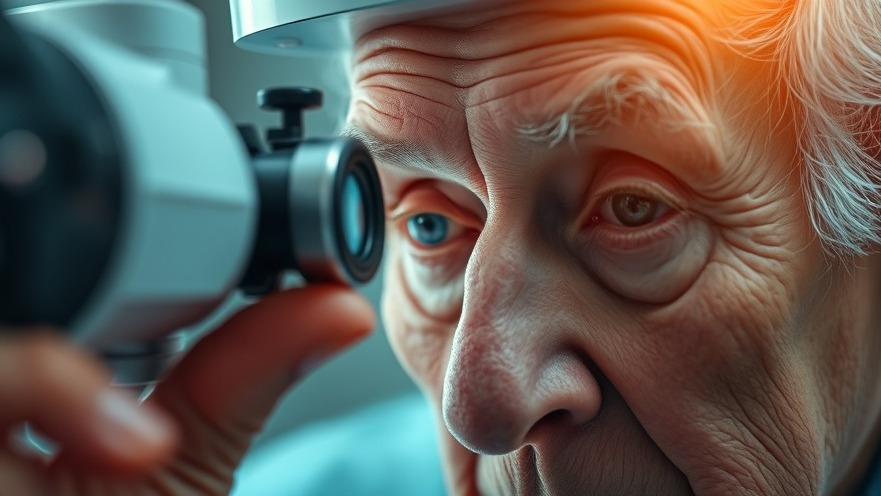
Improving Patient Outcomes with At-Home Monitoring
At-home monitoring for neovascular age-related macular degeneration (AMD) is gaining attention, particularly with innovative programs like Scanly Home OCT from Notal Vision. It allows patients to take charge of their eye health by providing them with tools to conduct OCT imaging in the comfort of their home. This advancement represents a significant shift towards personalized patient care.
As highlighted by Dr. Nancy M. Holekamp at the recent Congress on Controversies in Ophthalmology, this method could lead to improved outcomes as patients are actively involved in monitoring their condition. They can take daily images that are analyzed by artificial intelligence (AI), which detects any concerning changes in their retina. If abnormalities arise, notifications are sent directly to both the patient and the physician, allowing for timely interventions.
Barriers to Effective Implementation
Despite the promising advantages of at-home monitoring, challenges remain. Physicians at the congress discussed the various barriers that could impede the implementation of these programs. Patients may face hurdles such as understanding device operation, ensuring consistent use, and having reliable internet access for data uploads. Additionally, some physicians express concerns about the accuracy of AI readings and the implications for patient care.
Changing the Patient-Physician Relationship
The adoption of at-home monitoring technologies could transform the traditional patient-physician dynamic. By empowering patients to take an active role in their care, practices can foster stronger connections with their patients. This is especially essential for concierge medical practices, where building trust and personalized relationships is a core component of their business model.
Future Predictions: The Way Forward
Looking ahead, the integration of home monitoring for AMD may reshape how healthcare is delivered. As more practices transition to such technologies, patient engagement is expected to rise. Concierge practices, in particular, can stand out as pioneers in implementing these advancements.
Take Action for Your Practice Growth
As a concierge medical practice owner, embracing at-home monitoring of conditions like wet AMD could position your practice as a leader in patient-centered care. Not only will this meet the evolving expectations of tech-savvy patients, but it can ultimately enhance the patient experience while securing your practice's standing in a competitive market. Start exploring how you can integrate home monitoring solutions today—your patients will appreciate the proactive approach, and it could lead to more referrals!
 Add Row
Add Row  Add
Add 






Write A Comment